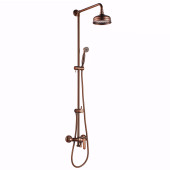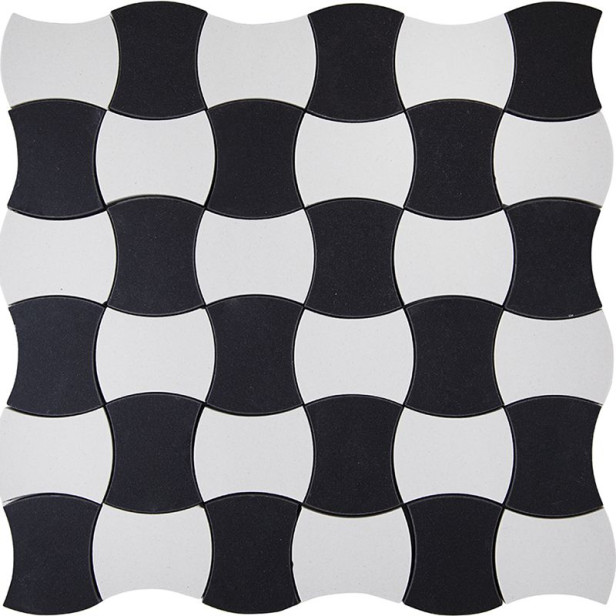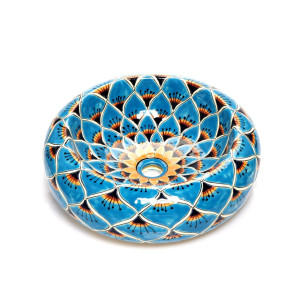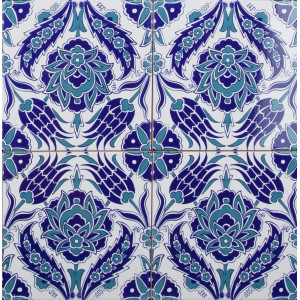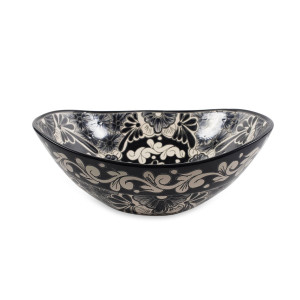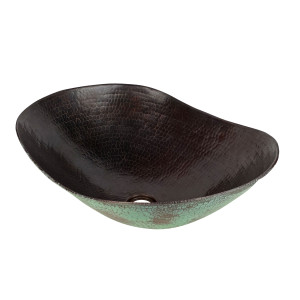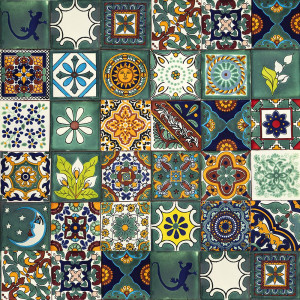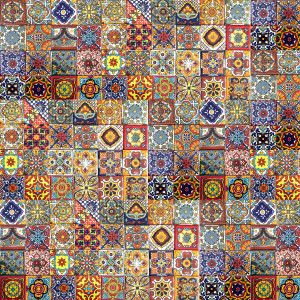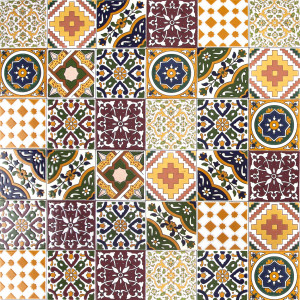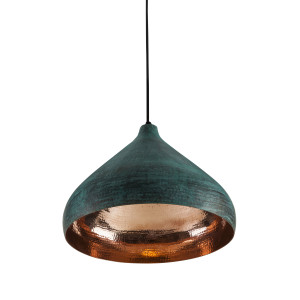Corset - modernism floor tiles
- Material: Granitogres
- 704 of tiles / 1m²
- Sheet size: 300 mm x 300 mm
- Colour: 12 colors to choose from / the ability to mix colors
- Modele 3d - link
The corsets were established in the Netherlands at the end of the 20s of the twentieth century and conquered the landscape of Polish cities with the architecture of late functionalism. They became an unofficial symbol of pre-war Warsaw, Gdynia and Stalowa Wola. Today, having gained cult status, they triumphantly return to the wave of vintage fashion. The tiles are also known as Gorseki Warszawskie or as Corset Cementowe, which is already an erroneous statement, because the tiles are not made in the technology in which they are produced cement tiles Today, almost no one associates this charming name so adequate and obvious to the shape - "corsets" are small terracotta tiles with an indented "waist" and pleasing ridges outside of it.
They were laid one at a time, not cut from the meter, such as tiny "irises", glued with faces to sheets of paper. The originality of these tiles consisted of skilful complementation of concave and convex edges - they were a kind of carpet tile. Patterns of corsets are most often found in multi-family houses, mainly in the hallways, halls, on platforms, in kitchens, bathrooms and toilets. A few examples of the use of corsets on villa verandas, but also on outdoor terraces passing into small urban gardens (Ochota, Mokotów) or opening onto large gardens (Świder, Konstancin). Corsets can also be supplied loose.
The corsets were established in the Netherlands at the end of the 20s of the twentieth century and conquered the landscape of Polish cities with the architecture of late functionalism. They became an unofficial symbol of pre-war Warsaw, Gdynia and Stalowa Wola. Today, having gained cult status, they triumphantly return to the wave of vintage fashion. The tiles are also known as Gorseki Warszawskie or as Corset Cementowe, which is already an erroneous statement, because the tiles are not made in the technology in which they are produced cement tiles Today, almost no one associates this charming name so adequate and obvious to the shape - "corsets" are small terracotta tiles with an indented "waist" and pleasing ridges outside of it. They were laid one at a time, not cut from the meter, such as tiny "irises", glued with faces to sheets of paper. The originality of these tiles consisted of skilful complementation of concave and convex edges - they were a kind of carpet tile. Patterns of corsets are most often found in multi-family houses, mainly in the hallways, halls, on platforms, in kitchens, bathrooms and toilets. A few examples of the use of corsets on villa verandas, but also on outdoor terraces passing into small urban gardens (Ochota, Mokotów) or opening onto large gardens (Świder, Konstancin). Corsets can also be supplied loose.
Granitogres can be used both for floor and wall tiling, and is the ideal solution for high traffic places, with significant physical-chemical stress, but can also be used for residential architecture.
Product Details
- Product code: GOR1
- Manufacturer: Cerames
- Colour Multicolor
- Application Floor
You might also like

